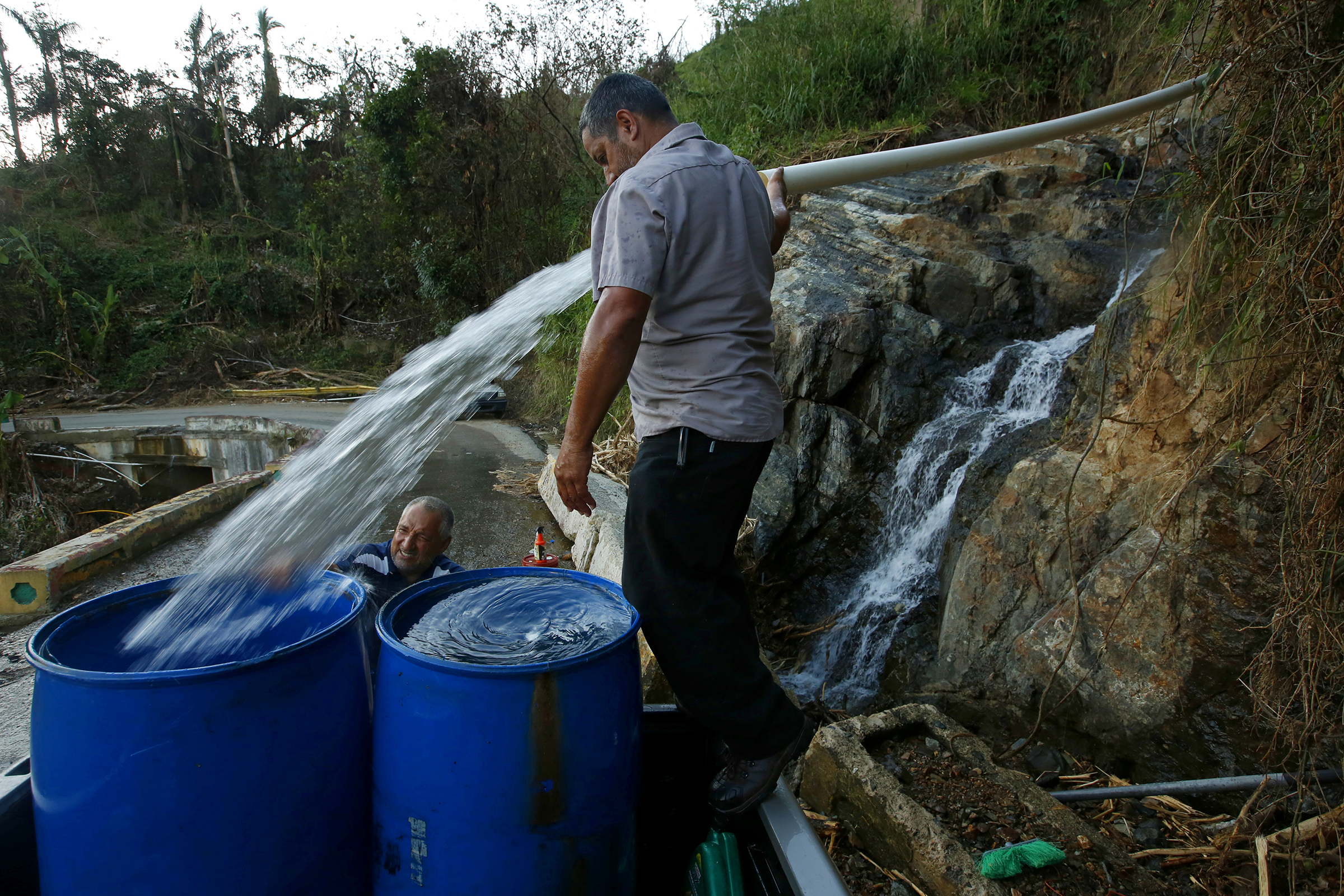Puerto Rico's water supply is being depleted, contaminated by manufacturing industry on the island, experts say
The island only has a finite amount of drinkable groundwater.
The manufacturing industry in Puerto Rico is putting the island's finite water supply at risk, experts told ABC News.
In the 1960s and 1970s, industries ventured to Puerto Rico as the result of a now-expired federal tax incentive known Section 936, which exempted businesses from federal income tax profits earned by U.S. companies in Puerto Rico and other U.S. territories.
The incentive is widely regarded by experts as responsible for creating a fiscal crisis on Puerto Rico, as the island's economy remained stuck in a standstill due to its inability to generate wealth from the rapidly growing manufacturing sector. But with the expansion of industry also came severe environmental impact.
Pharmaceutical manufacturing, among the most prominent on the island, accounted for 65% of total industrial self-supplied groundwater withdrawals by 2010, according to the U.S. Geological Survey. In the northern town of Barceloneta, a municipality dominated by the pharmaceutical industry, industrial groundwater withdrawals were estimated at 1.3 million gallons per day, according to the USGS.

In places like Salinas, a city on the island's southern coast, all of the drinking water comes from groundwater. Ruth Santiago, an attorney based in Salinas, Puerto Rico, and an environmental health advocate with Earth Justice, told ABC News.
The water is extracted from aquifers running through the north and south of the island using pumps before it is filtered and cleaned by the Puerto Rico Aqueducts and Sewers Authority, Santiago said. It is then delivered via pipes to the area.
However, wells in the region are mysteriously drying up, and the South Coast aquifer, the one from which much of the industrial water is being extracted, has been designated as a critical state, experts said.
"It's being depleted," Santiago said.

Not only does industry use vast amounts of water throughout the production process, but it also can impact water supplies through polluting or contaminating water with chemicals, Santiago said.
To exacerbate the issue, the cleanup and monitoring of these sites "take a long time," Carmen Guerrero Perez, director of the U.S. Environmental Protection Agency's Caribbean Environmental Protection Division, told ABC News.
One-third of the island is made of karst limestone soils, a "very porous" substance that can allow contaminated water to leach through, Perez said. Puerto Rico has at least 19 contaminated sites that are on the national priority list for cleanup, she added.
Five of the sites on the national priority list can be partially attributed to the pharmaceutical industry, according to the EPA.

Water contamination has been rampant in Puerto Rico since the 1970s, environmental scientist Neftali Garcia told ABC News.
The industries that arrived bolstered that they were generating jobs and growing the economy, Garcia said.
"But, what were the consequences? Air pollution, water pollution, soil pollution, rivers pollution," Garcia said. "Once you pollute the groundwater, cleaning the aquifer is extremely difficult, and it takes decades, if ever, [to] become clean."
The "theory" is that the federal EPA and the territorial government will require polluters to sink wells, figure out the extent of the contamination problem and clean it up, Erik Olson, senior strategic director of the Health and Food, People & Communities Program at the National Resources Defense Council, told ABC News.
But disposing of the contaminated water in itself is difficult, the experts said.
"Eventually, that polluted water will get into the surface water of creeks, rivers and underground water," Garcia said.

A nationwide survey by the National Resource Defense Council that looked into compliance and violations across the country found that Puerto Rico had the worst compliance record and most violations of any territory or state in the country "by far," Olson said.
Experts also worry that the tools used to monitor the health and safety of the water are inadequate, Olson said.
Residents on the island have become accustomed to drinking bottled water, Santiago said. Sometimes, the water is shut off with no notice.
"It's been a number of years where people have had to basically live without water for two or three days per week, some of it during the summer months, like in June, July, August," Santiago said.



